Nearly two dozen civilians dead in fresh Saudi airstrikes against Yemen
Nearly two dozen civilians have lost their lives and several others sustained injuries when Saudi fighter jets carried out two separate attacks in Yemen as Riyadh regime presses ahead with its devastating aerial bombardment campaign against its impoverished southern neighbor.
Local sources, speaking on condition of anonymity, told Yemen’s Arabic-language al-Masirah television network that at least 17 civilians were killed on Friday afternoon as Saudi military aircraft struck a commercial neighborhood in the al-Jaar area of Abs district in Yemen's northwestern province of Hajjah.
Search and rescue teams have reportedly arrived at the area. The overall death toll is expected to rise as some of the injured victims are in a critical condition.
Earlier in the day, six civilians were killed and eight others wounded when a Saudi airstrike targeted a bus carrying passengers along a road in the Khamis al-Wa’izat area of Az Zuhrah district in the western coastal province of al-Hudaydah.
Saudi Arabia has been incessantly pounding Yemen since March 2015 in an attempt to crush the popular Houthi Ansarullah movement and reinstate former president, Abd Rabbuh Mansur Hadi, who is a staunch ally of the Riyadh regime.

More than 12,000 people have been killed since the onset of the campaign more than two and a half years ago. Much of the Arabian Peninsula country's infrastructure, including hospitals, schools and factories, has been reduced to rubble due to the war.
The Saudi-led war has also triggered a deadly cholera epidemic across Yemen.
According to the World Health Organization’s latest count, the cholera outbreak has killed 2,167 people since the end of April and is suspected to have infected 841,906.
Meanwhile, the United Nations has described the current level of hunger in Yemen as “unprecedented,” emphasizing that 17 million people are now food insecure in the country.
It added that 6.8 million, meaning almost one in four people, do not have enough food and rely entirely on external assistance.
A recent survey showed that almost one third of families have gaps in their diets, and hardly ever consume foods like pulses, vegetables, fruit, dairy products or meat.
More than 3 million pregnant and nursing women and children under 5 need support to prevent or cure malnutrition.
Israel kills 5 more paramedics in southern Lebanon: Health ministry
Iran to launch ‘new, advanced’ centrifuges in response to IAEA resolution: AEOI
Yemen fires hypersonic missile at Israeli airbase
VIDEO | New Delhi chokes under toxic smog as air quality remains at hazardous levels
VIDEO | Press TV's news headlines
VIDEO | ICC's arrest warrant for Netanyahu to worry Western politicians: Former British diplomat
Iranians protest against Israel after Netanyahu ICC warrant
Germany undecided on complying with ICC arrest warrants for Israeli war criminals








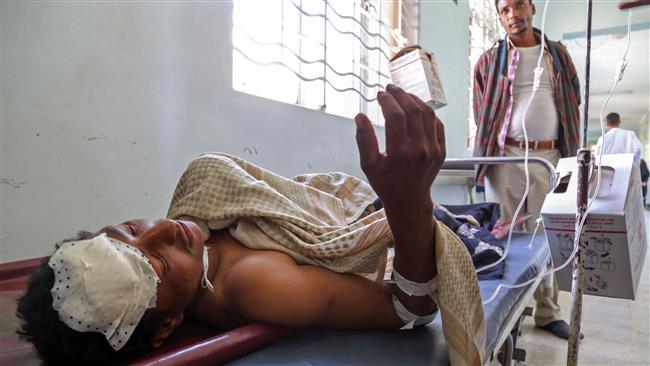

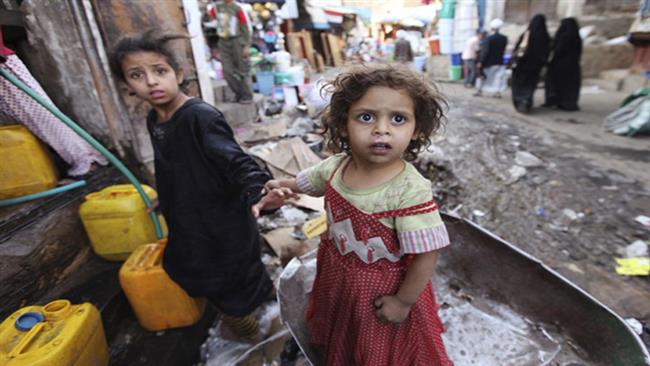
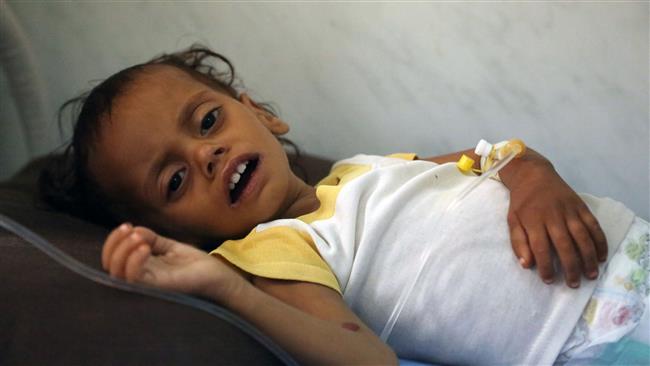
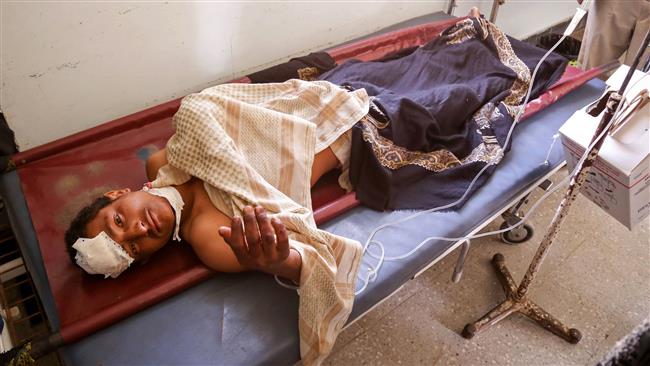
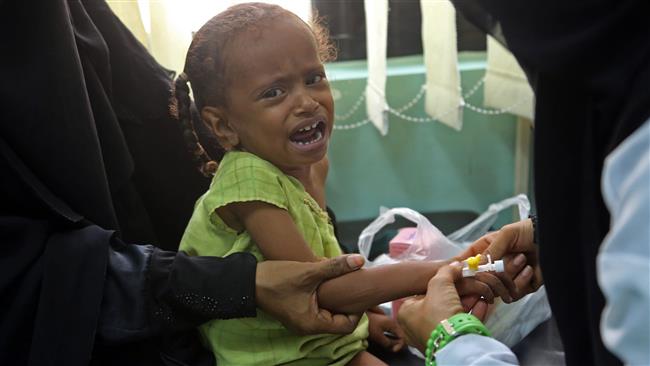
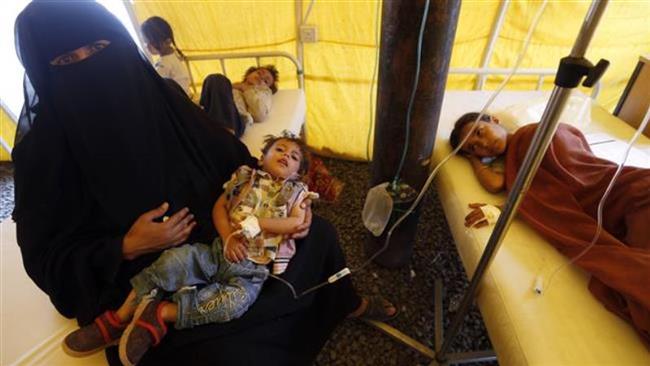
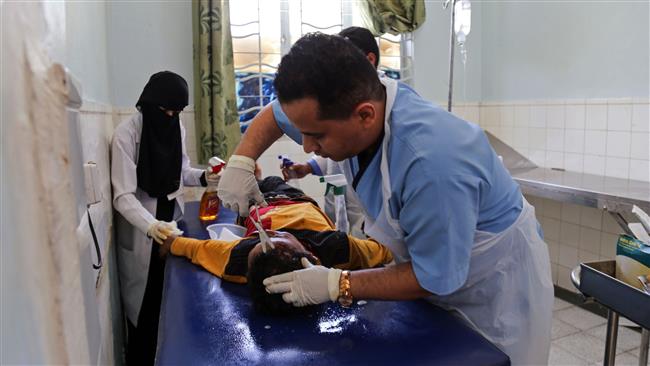
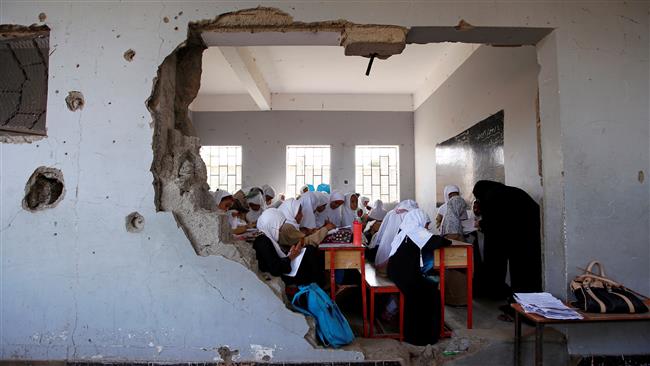

 This makes it easy to access the Press TV website
This makes it easy to access the Press TV website